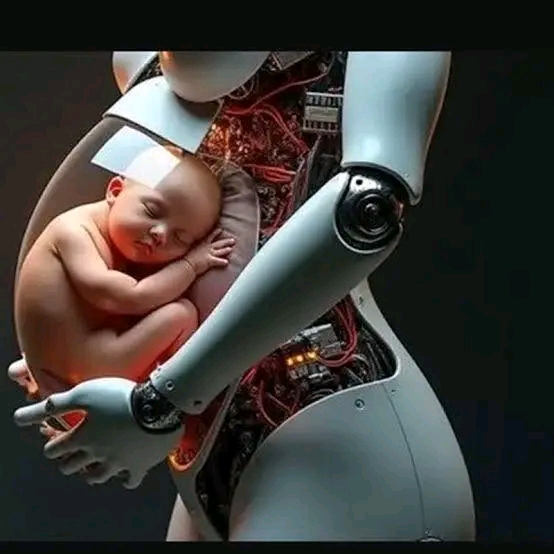
China’s Groundbreaking Pregnancy Robot: A New Era in Reproductive Science?
China is set to revolutionize reproductive science with the unveiling of a humanoid robot equipped with an artificial womb, capable of carrying a fetus from conception to birth. Developed by Guangzhou-based Kaiwa Technology, this innovative robot is slated for launch in 2026 and has sparked both excitement and debate.
Key Features of the Pregnancy Robot
- Artificial Womb: Embedded in the robot’s abdomen, replicating the uterine environment with synthetic amniotic fluid and nutrient delivery systems.
- Full-cycle Support: Claims to handle fertilization, implantation, and nine months of gestation.
- Price Tag: Approximately $14,000, significantly cheaper than conventional surrogacy.
Potential Benefits and Implications
- Fertility Solutions: Alternative path to parenthood for couples facing infertility, same-sex partners, or women unable to carry pregnancies.
- Medical Safety: Reduces risks associated with complicated pregnancies.
- Scientific Research: Offers new insights into fetal development without relying on human surrogacy or animal testing.
- Ethical and Legal Considerations: Raises questions about parental rights, robot liability, and potential commodification of childbirth.
The Science Behind the Robot
The artificial womb technology replicates the natural gestation process, maintaining temperature and fluid dynamics to simulate natural pregnancy conditions. While similar systems have supported premature animals, Kaiwa’s humanoid robot represents a major leap forward with its interactive, human-like design.
















My brother suggested I might like this blog He was totally right This post actually made my day You can not imagine simply how much time I had spent for this info Thanks
Thank you